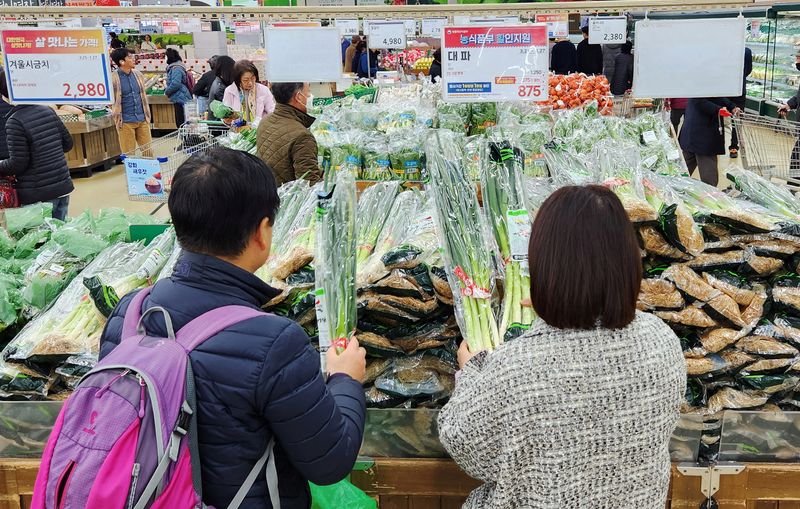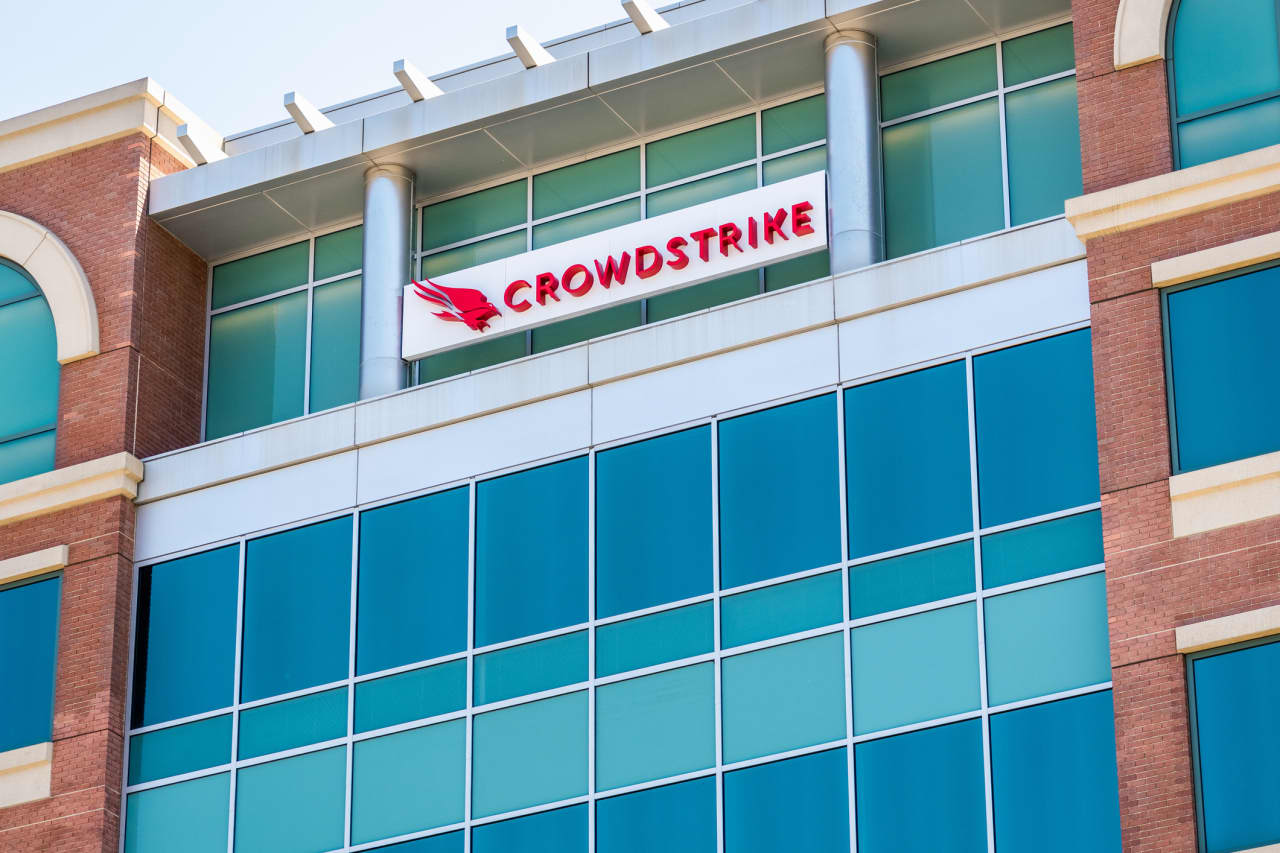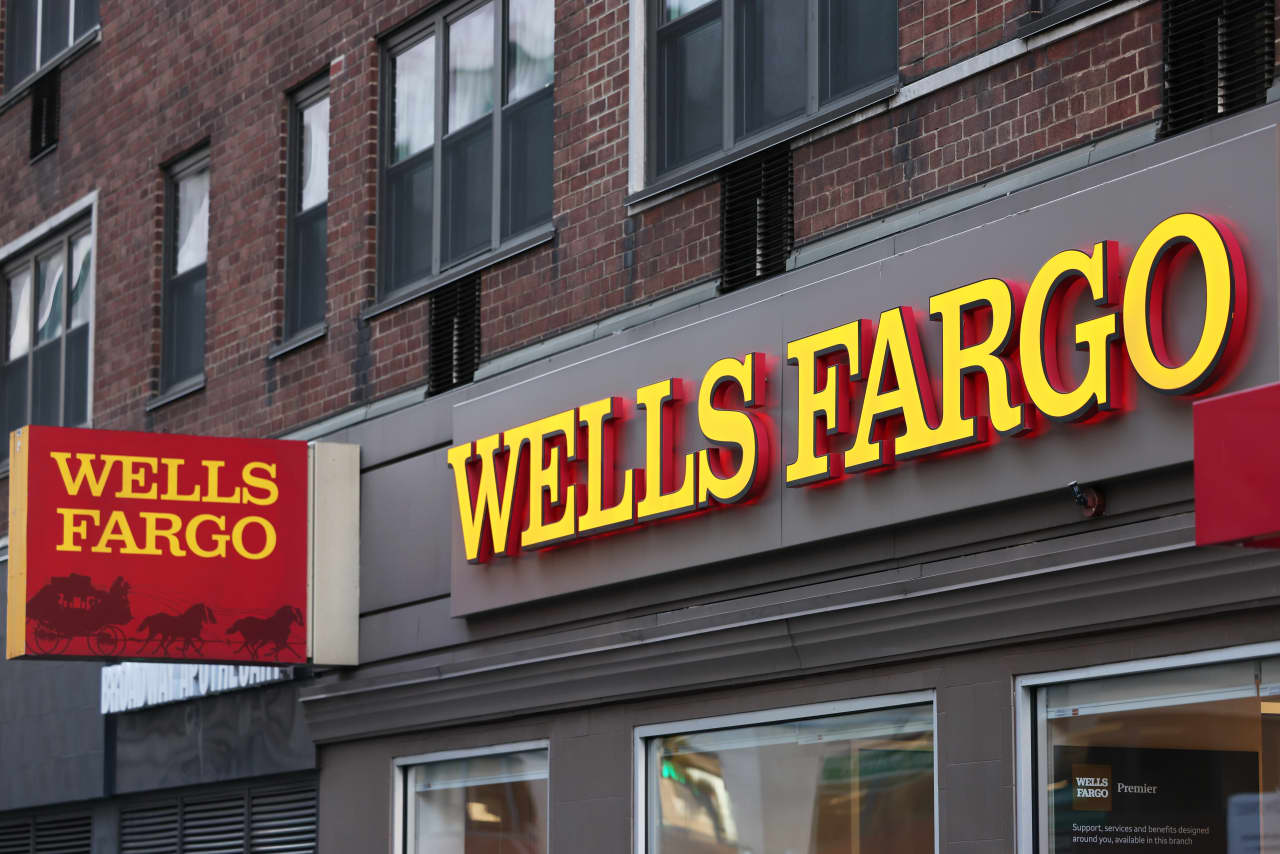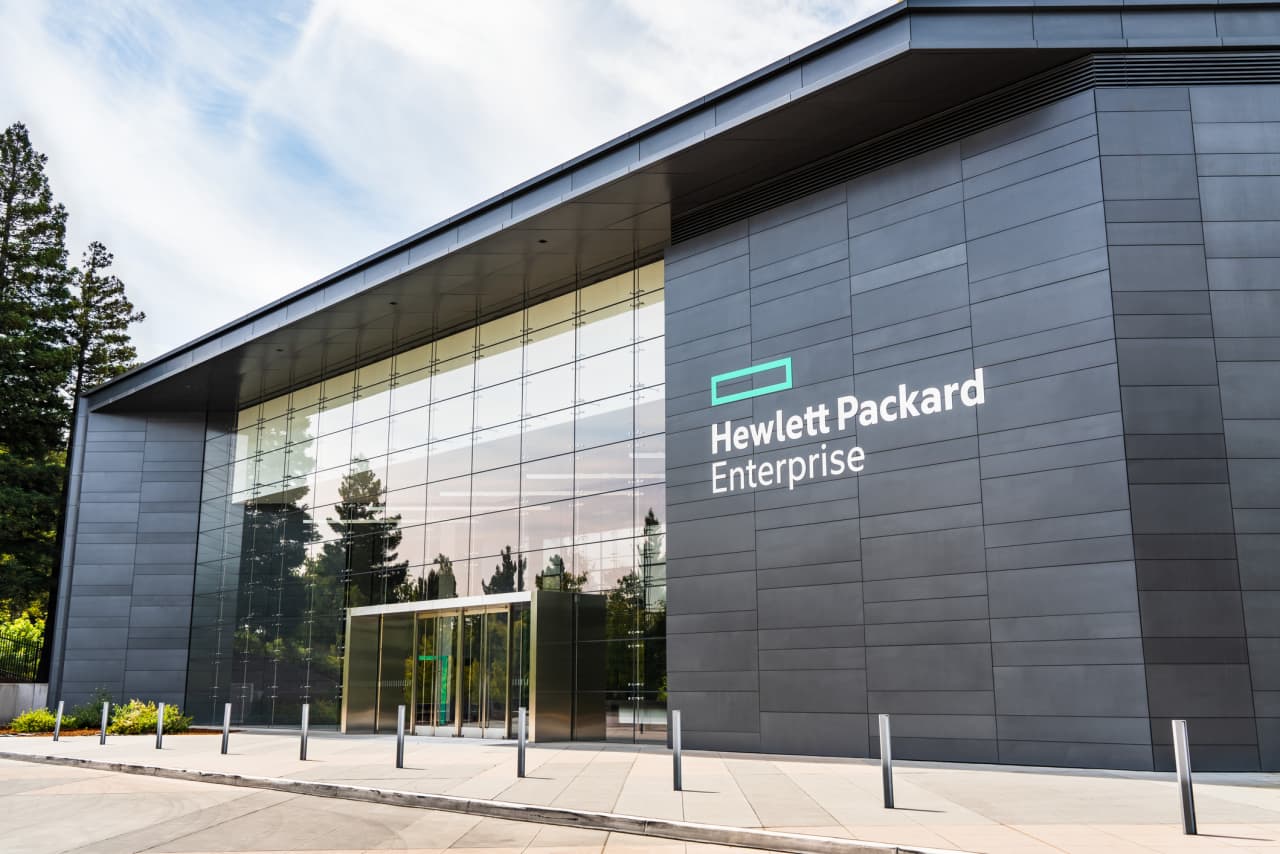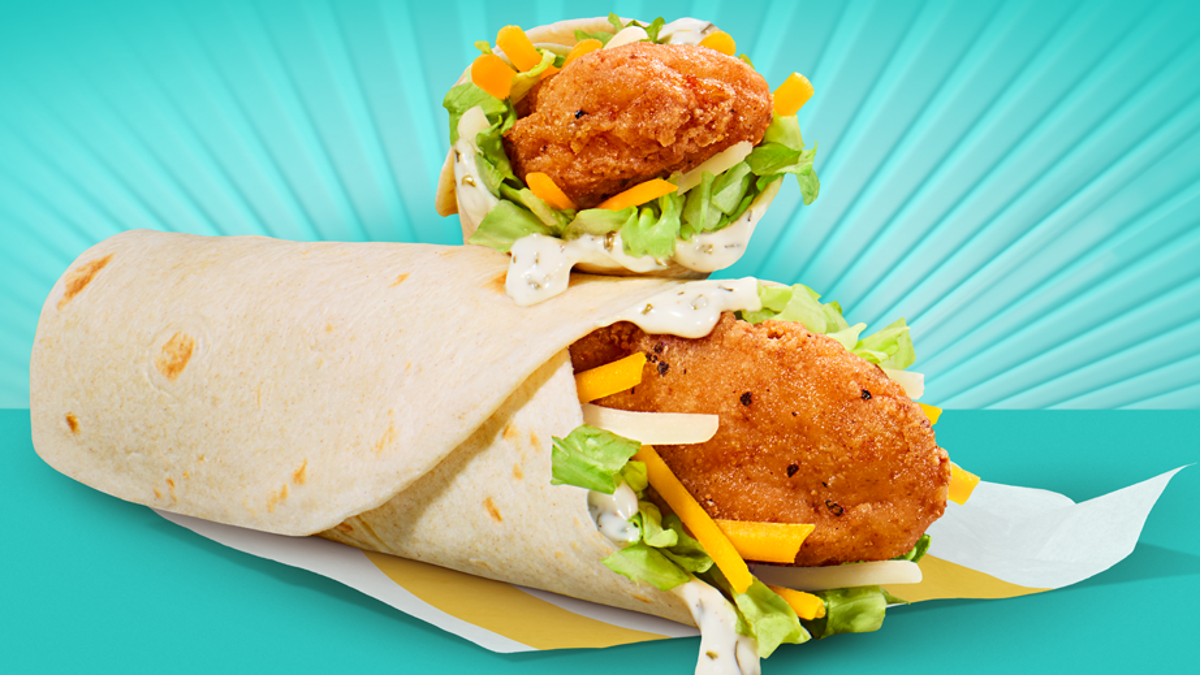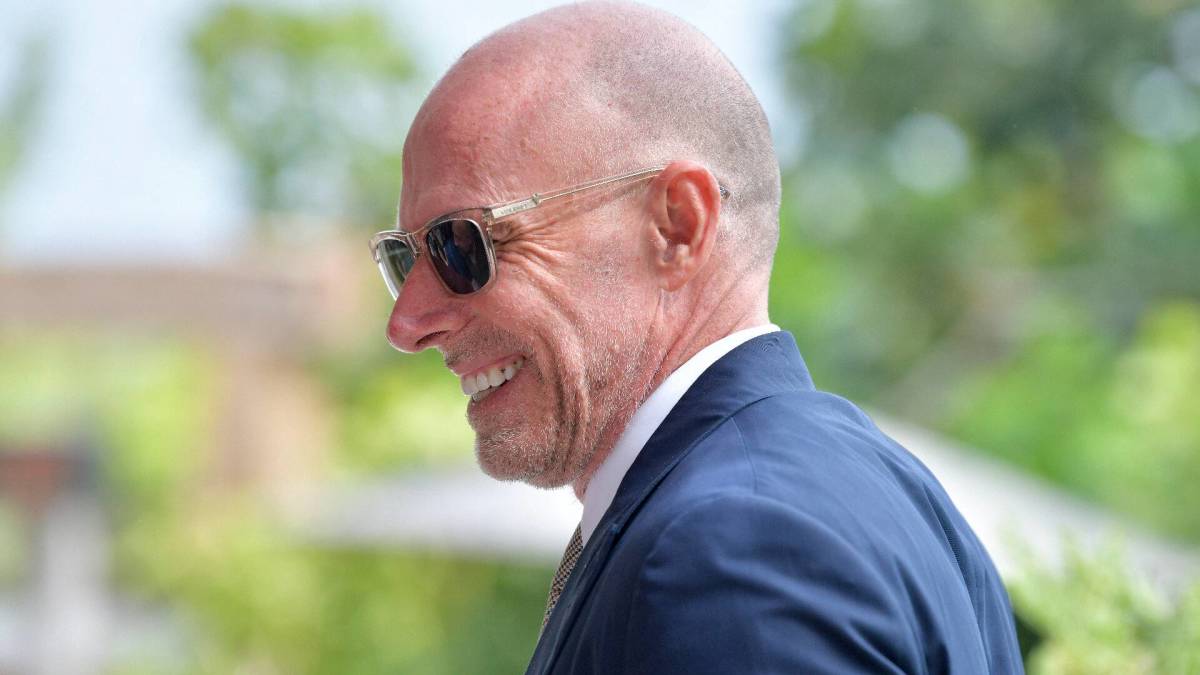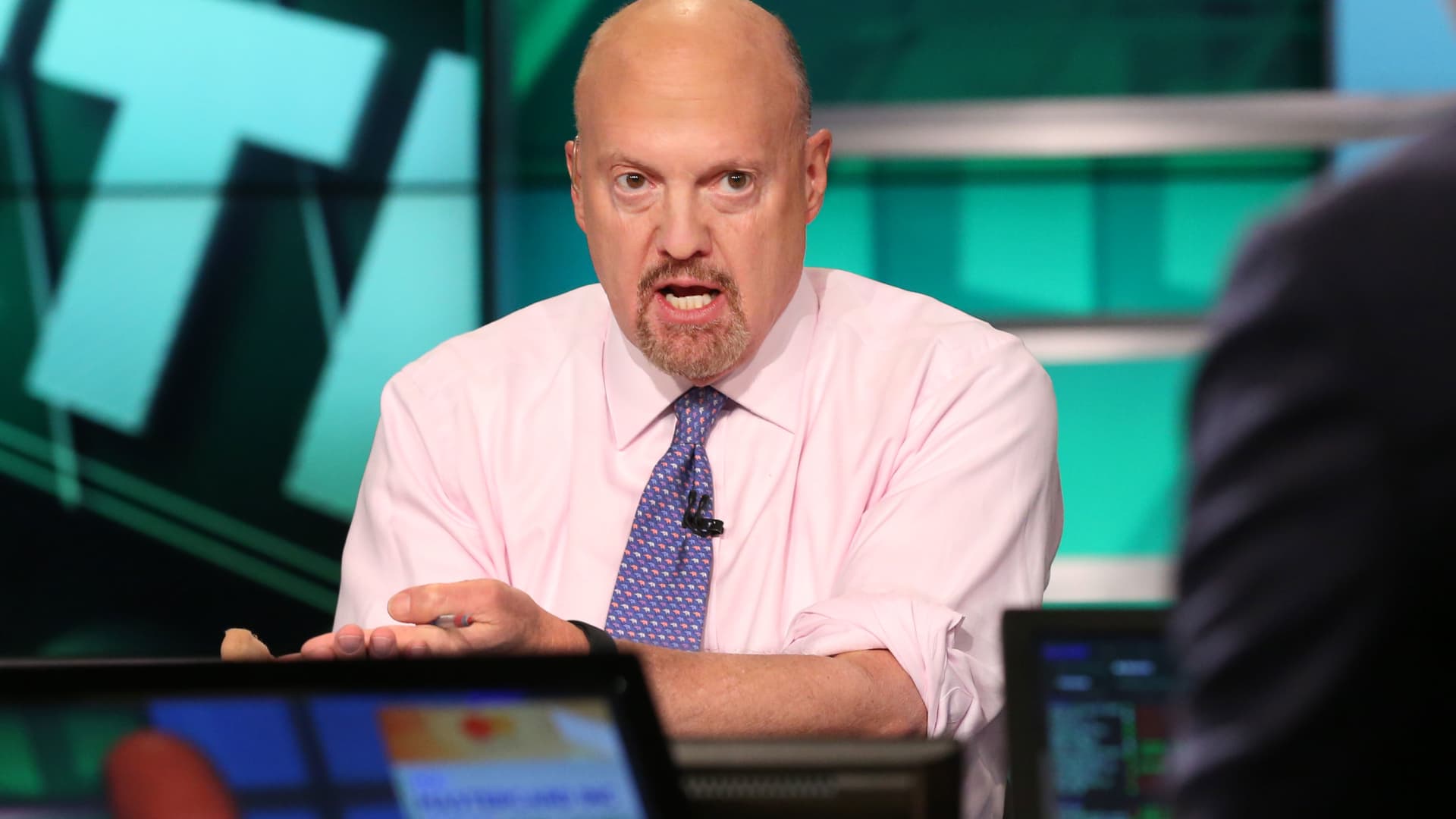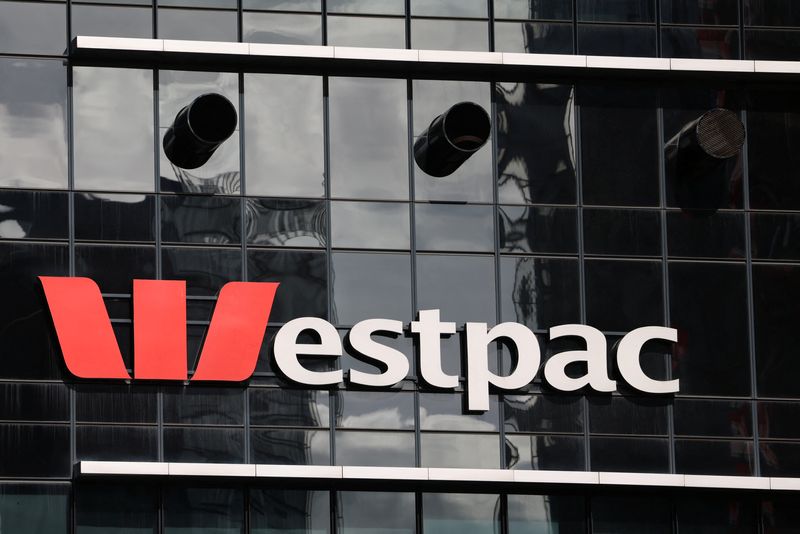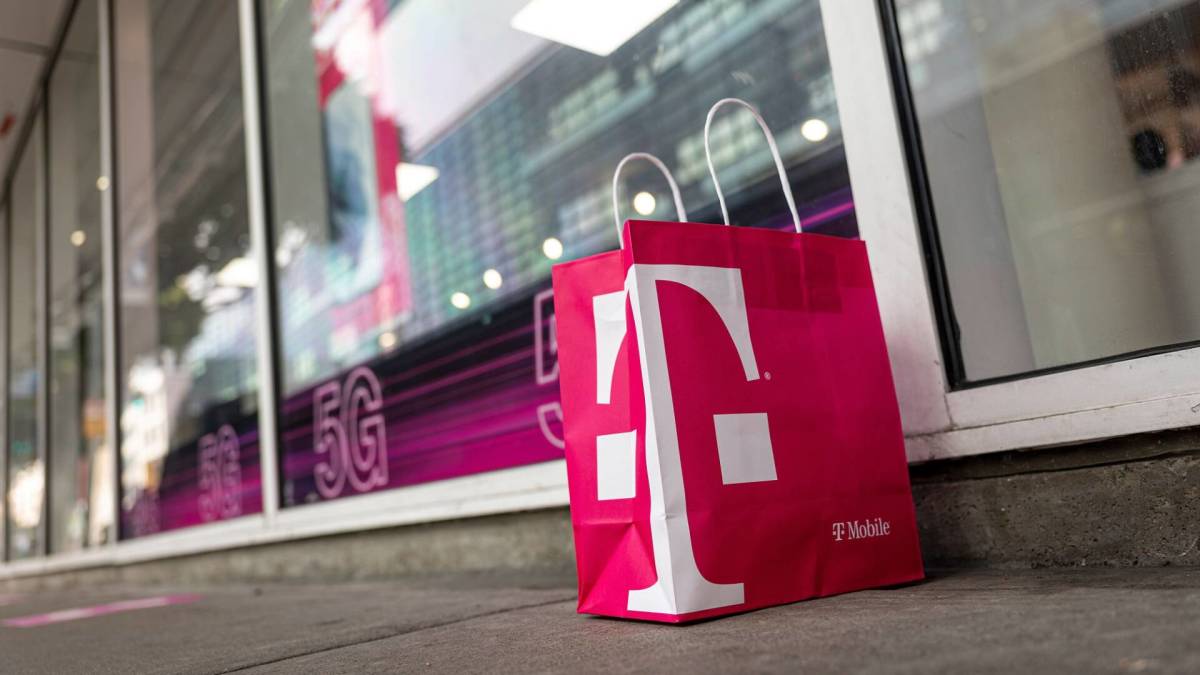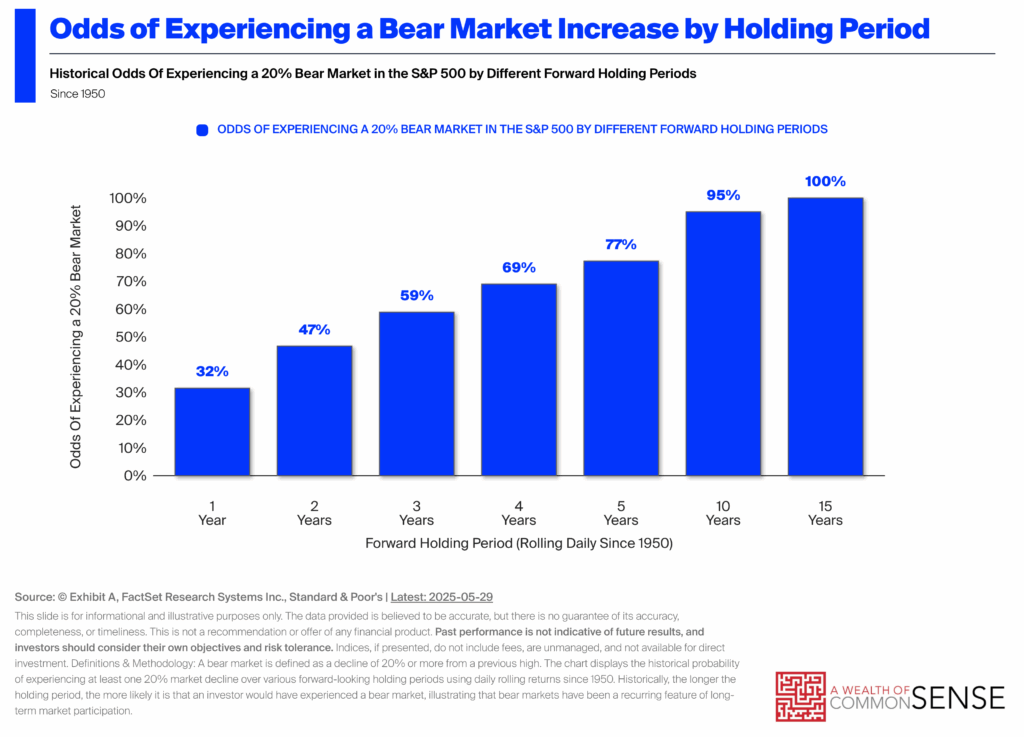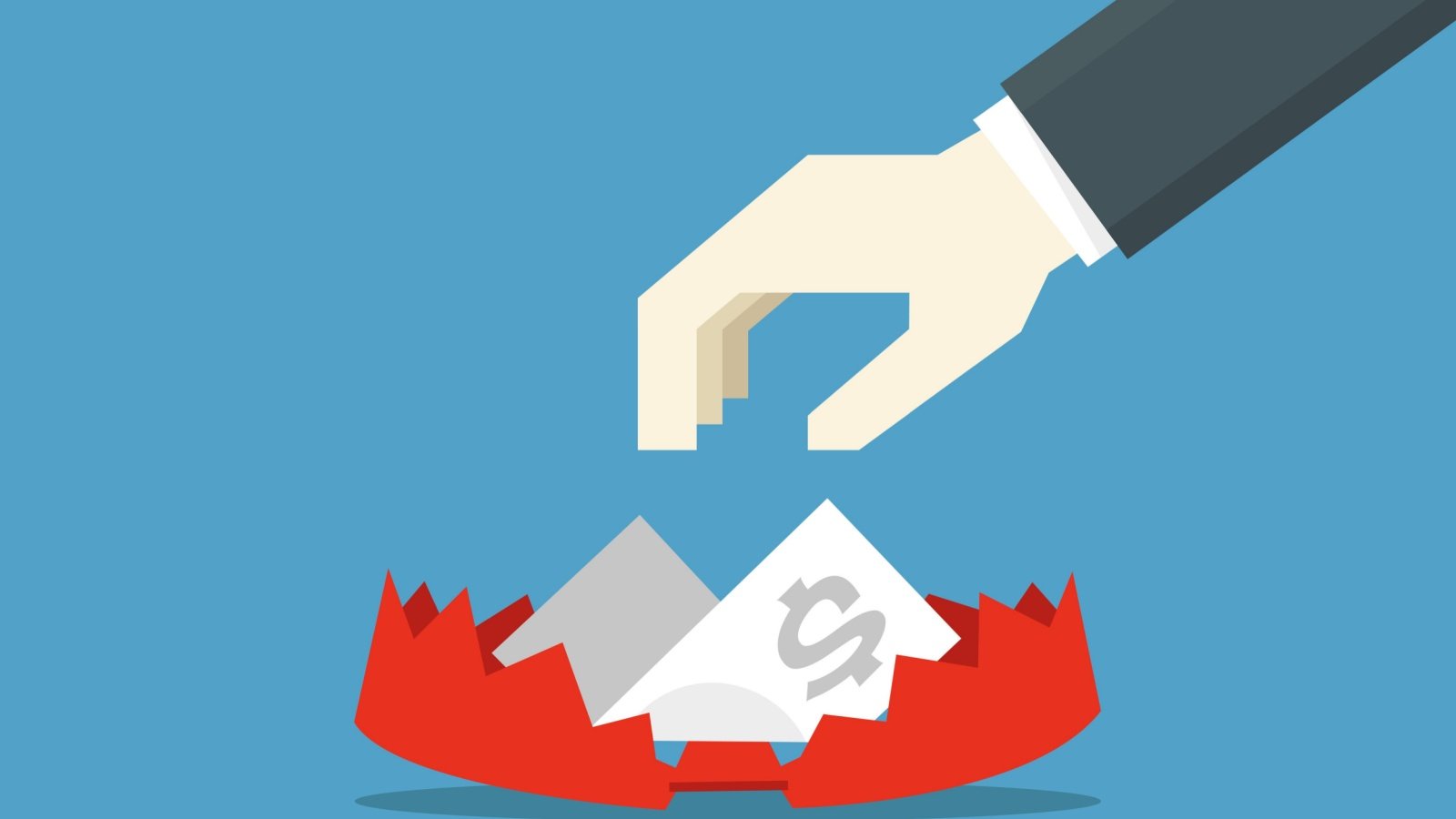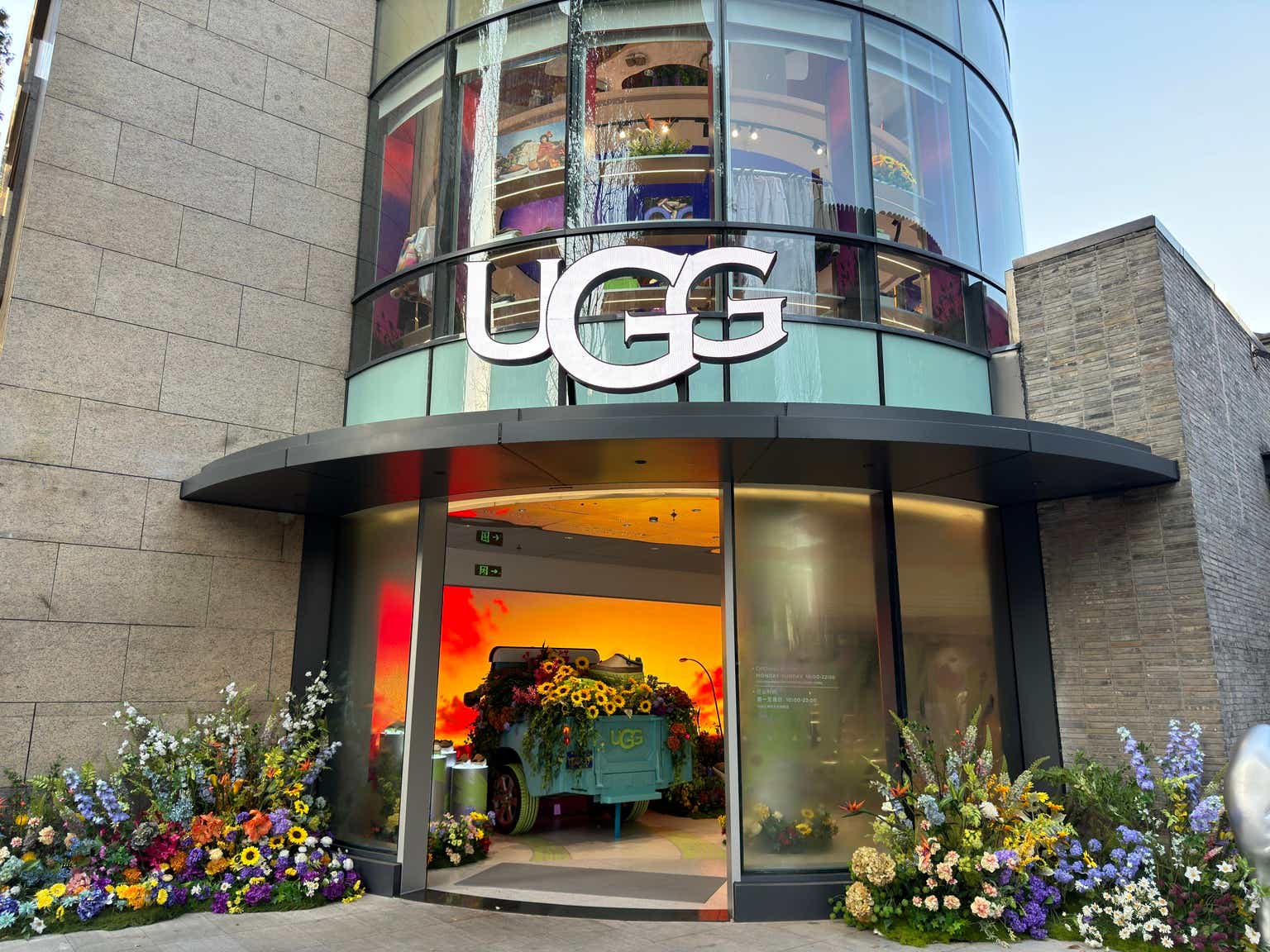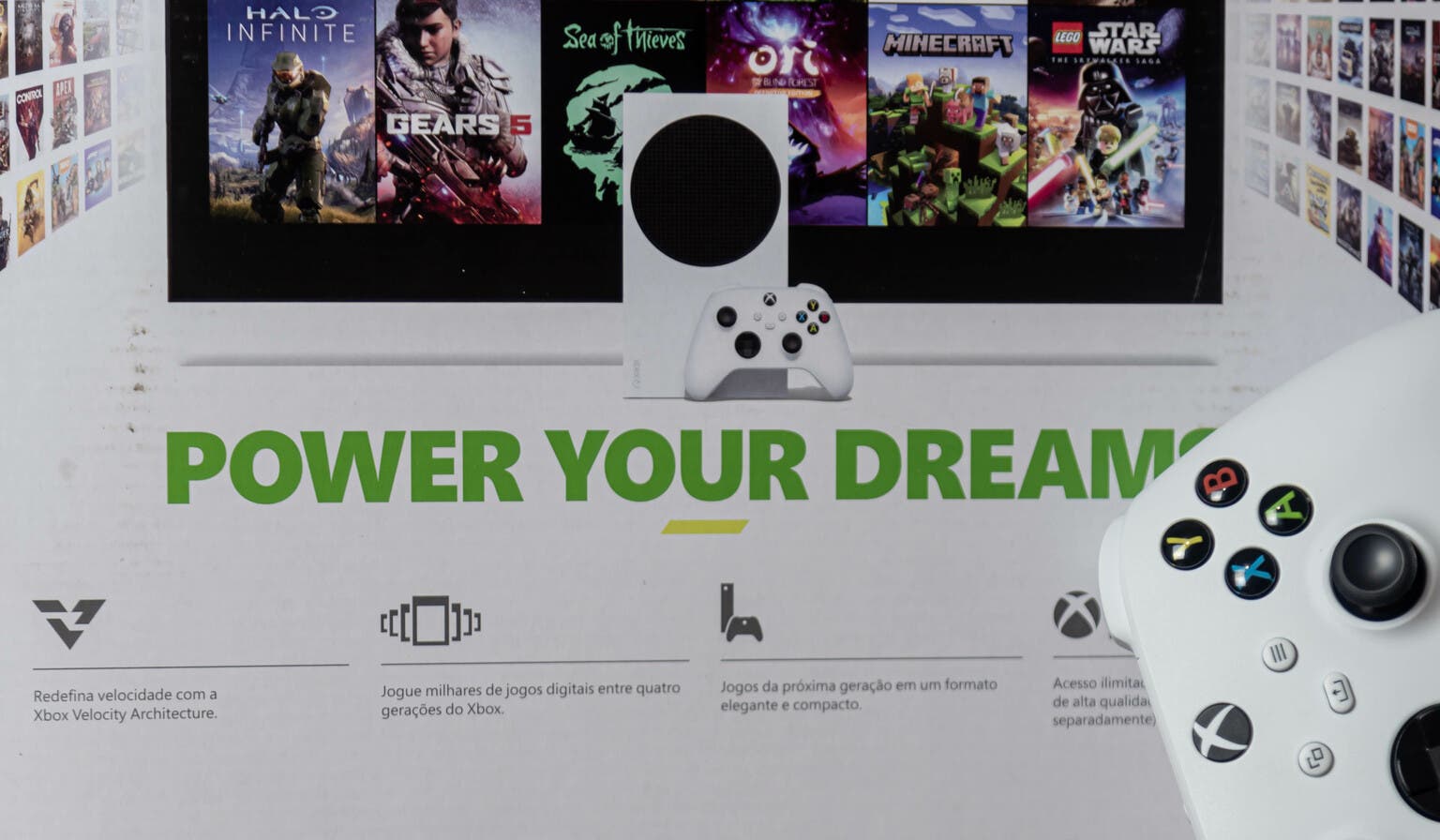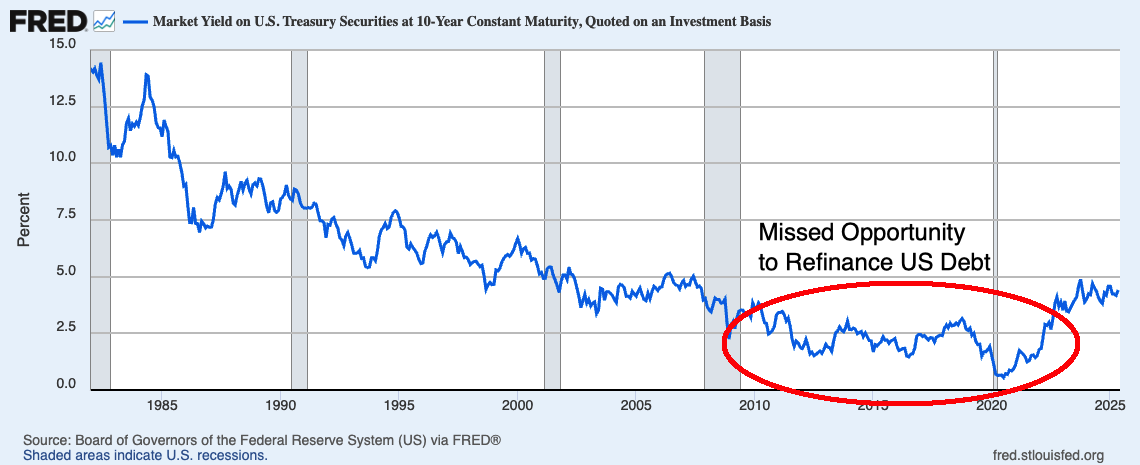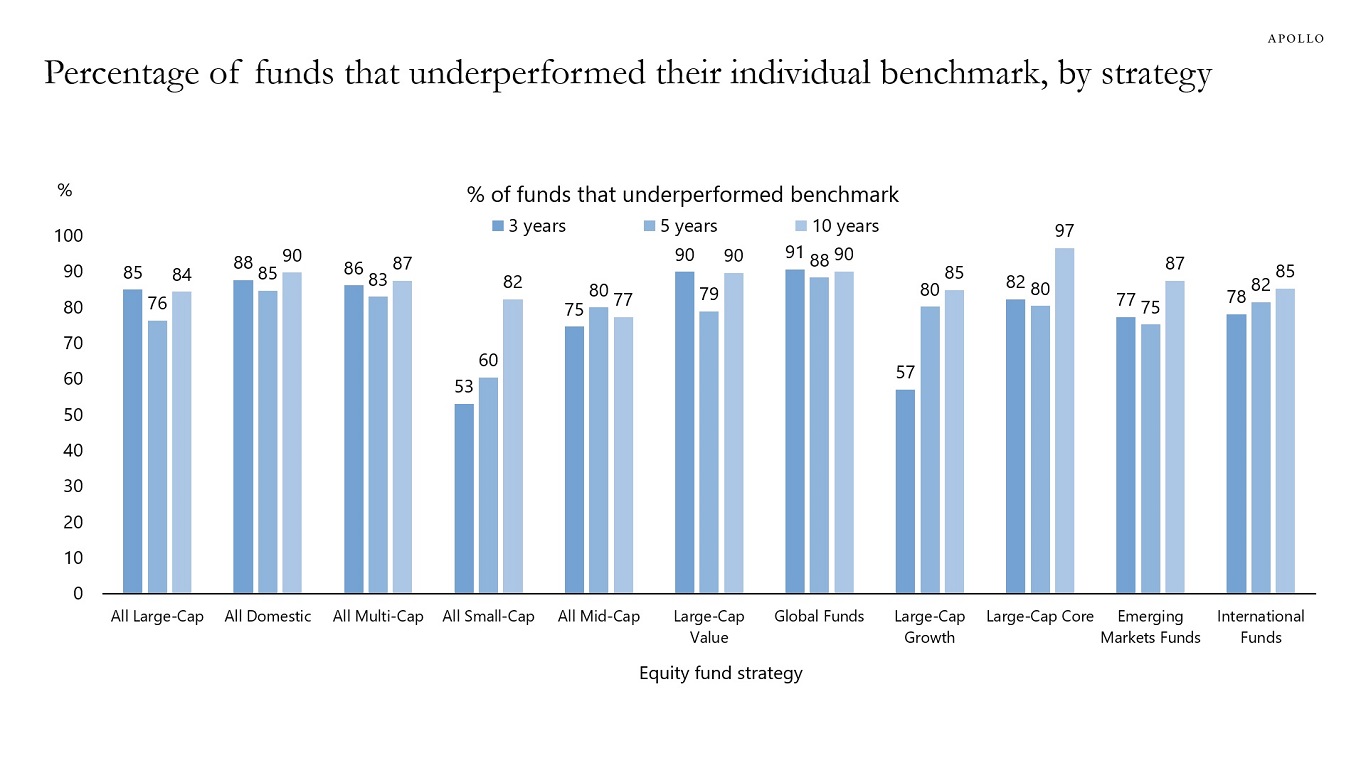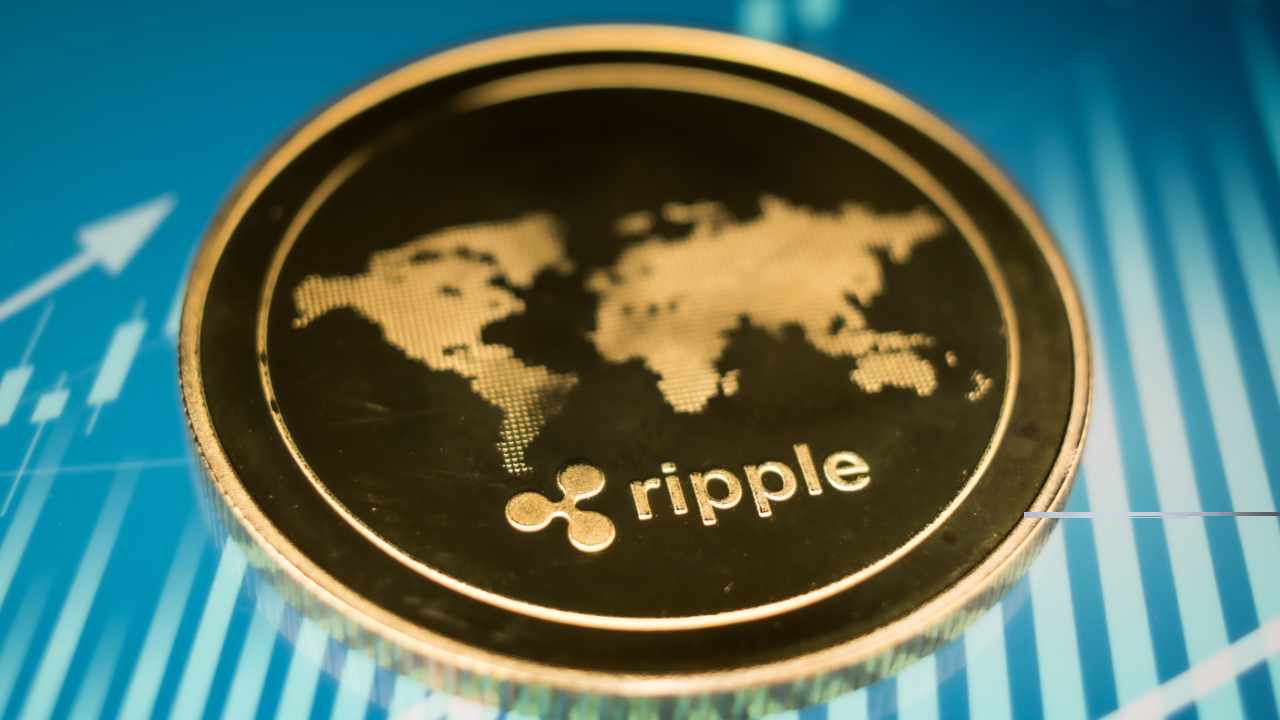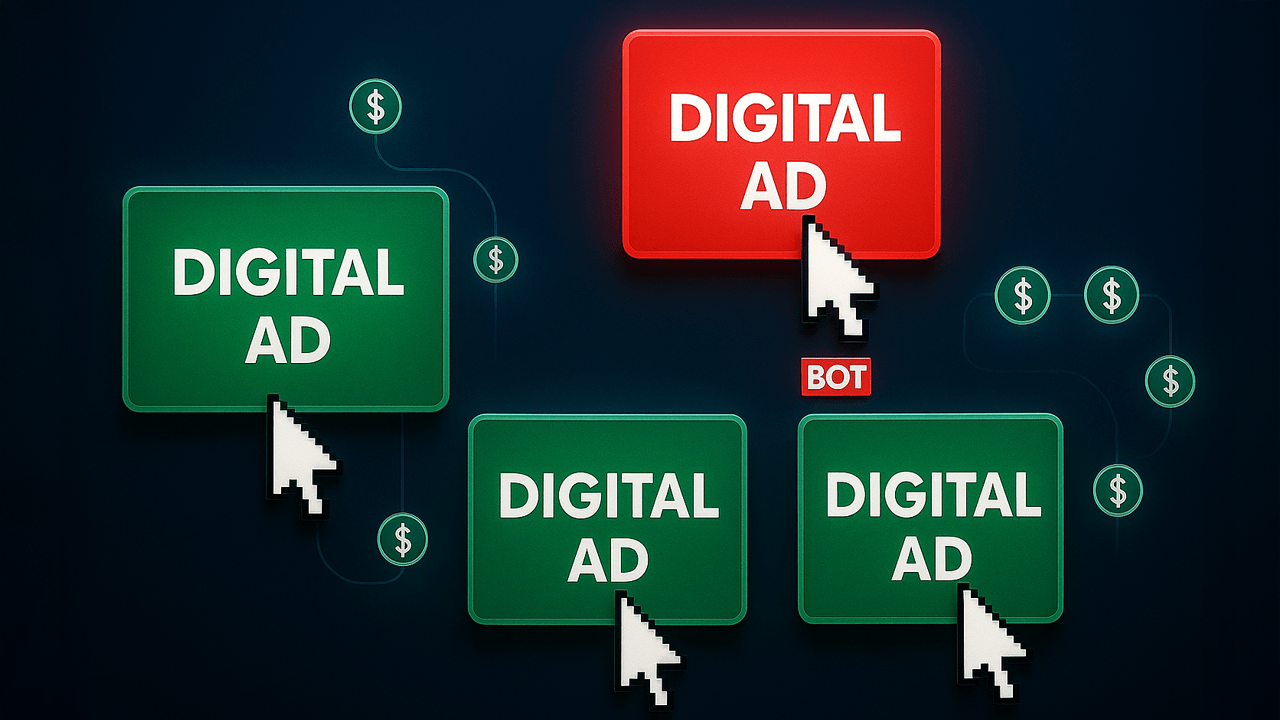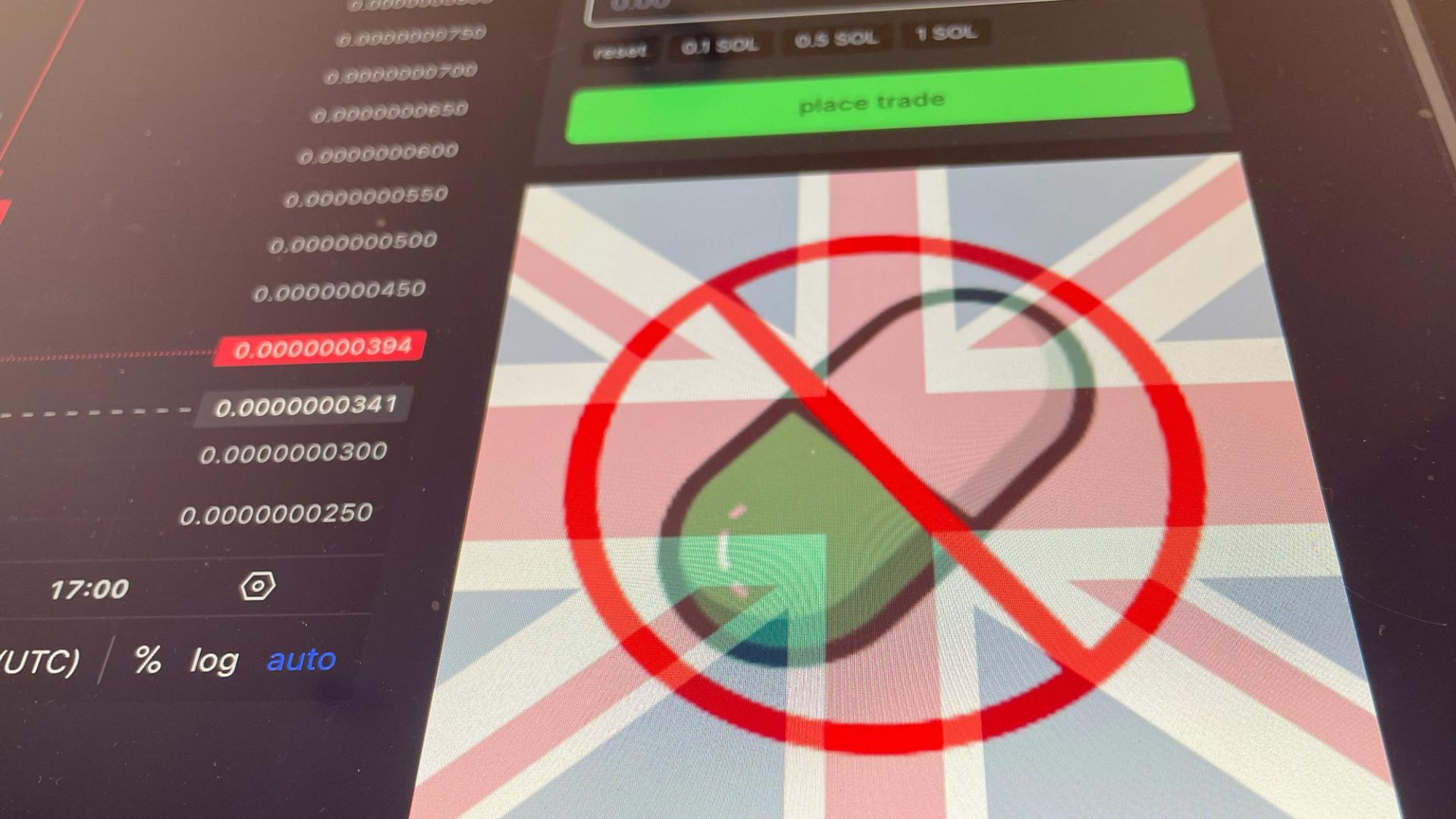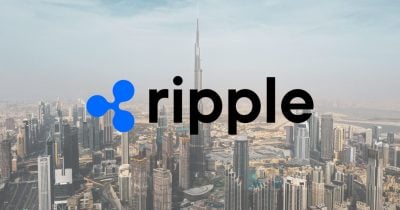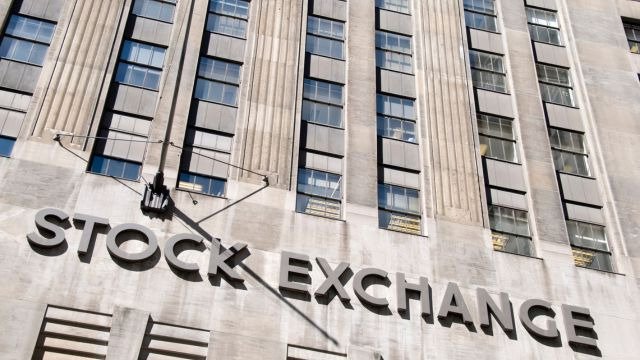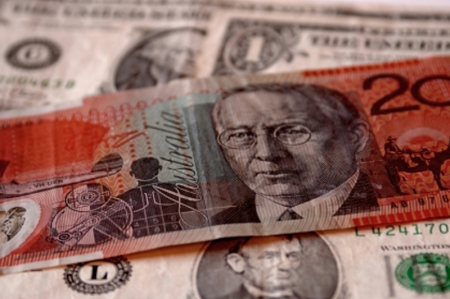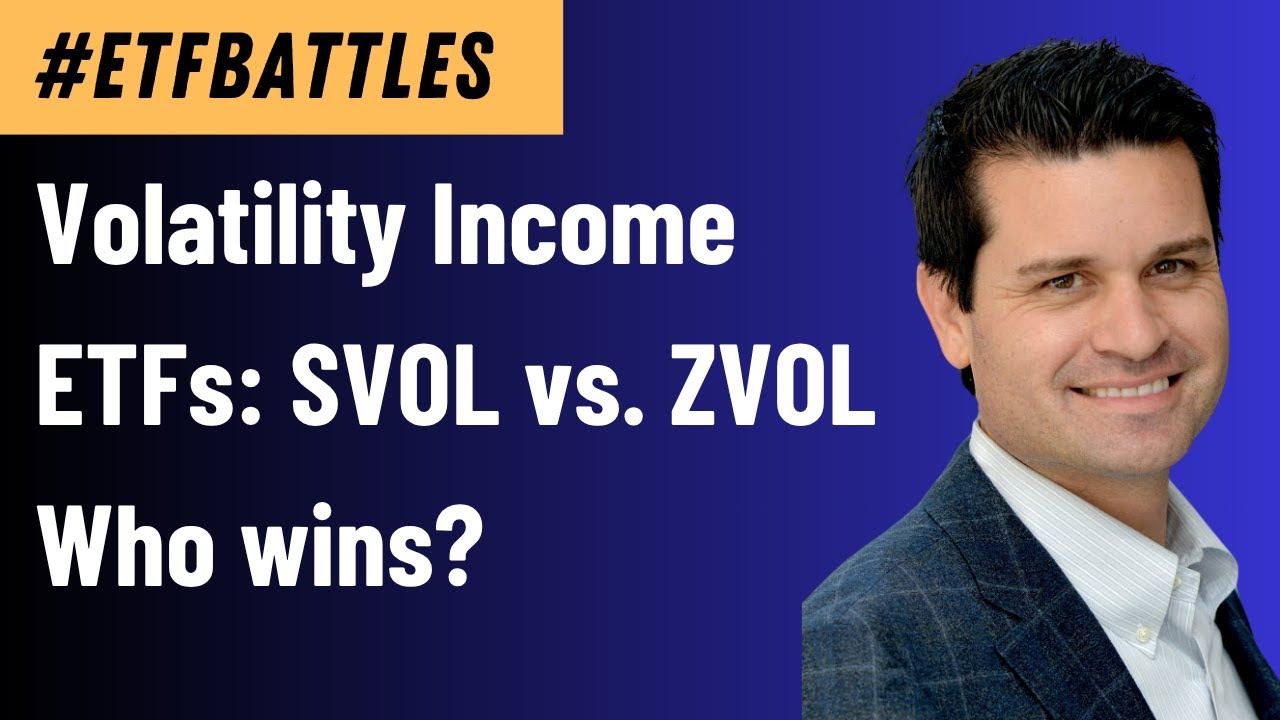Campbell Soup Earnings Coverage Live
Live Updates Live Coverage Updates appear automatically as they are published. Stock Down 15% Since Last Report — Valuation Cheap, But Not Convincing 5:40 am Campbell shares last closed at $34.17, down 15.3% since the company’s Q2 FY25 results in early March. That earnings release included a downward revision to full-year guidance — a move […] The post Campbell Soup Earnings Coverage Live appeared first on 24/7 Wall St..

Live Updates
Stock Down 15% Since Last Report — Valuation Cheap, But Not Convincing
Campbell shares last closed at $34.17, down 15.3% since the company’s Q2 FY25 results in early March. That earnings release included a downward revision to full-year guidance — a move that has effectively reset investor expectations and capped near-term enthusiasm. The stock fell nearly 3% on the day and has failed to recover in the weeks since, underperforming the broader staples complex despite a defensive profile.
Valuation now screens optically cheap. CPB trades at roughly 11.25x forward earnings and under 9x trailing EBITDA, with a dividend yield north of 4.5%. But history suggests that cheap food stocks can remain cheap if revenue quality and margin trajectory are in question — both of which are live issues heading into this report. Sovos accretion is helping the top line, but organic sales trends remain negative, and earnings visibility is weak.
Sell-side sentiment is firmly neutral. The mean 12-month price target stands at $41.22, implying ~20% upside, but analyst recommendations are heavily skewed toward Hold (13 of 22 ratings). The lack of Buy conviction reflects skepticism that Campbell can regain margin leverage without compromising volume, especially in Snacks.
Until either gross margin stabilizes or top-line velocity returns, CPB’s valuation may not be enough to drive a re-rating.
Big Picture
The story heading into Campbell’s Q3 FY25 release is one of internal divergence — a premium Meals & Beverages portfolio showing relative resilience, while Snacks continues to lag behind expectations. Rao’s, foodservice, and select shelf-stable categories are proving durable, but they’ve yet to lift the entire business amid inflation hangover, weak category trends, and heightened promotional intensity.
The company’s long-term ambition — to transform from a legacy soup brand into a scaled North American snacking powerhouse — is now encountering real resistance. A weak Q2 Snacks result, margin compression, and lowered FY25 guidance have all reinforced the sense that CPB may need more time or structural changes to fully rebalance its earnings mix. Sovos integration, while adding sales, has diluted margin and failed to meaningfully change the narrative.
Meanwhile, Campbell continues to walk a narrow line between capital discipline and growth reinvestment. A $0.39 dividend and multi-hundred-million-dollar buyback capacity support the shareholder return profile, but earnings quality — not just quantity — is now central to CPB’s valuation reset. Unless Snacks can pivot to growth and ACB leverage shows up in margins, the stock may struggle to escape its current range-bound, low-multiple status.
Keys To Watch
Today’s report will be a referendum on Campbell’s ability to navigate a two-speed portfolio — with strength in its Meals & Beverages business offset by persistent weakness in Snacks. The balance of volume growth, promotional spending, and productivity execution will likely drive both investor confidence and valuation support in the second half.
Rao’s & Meals Momentum
Management has leaned heavily on Rao’s to carry growth within the Meals & Beverages division. Volume/mix in this segment rose +1% in Q2 even as organic sales declined, largely due to Rao’s and foodservice. Execution questions include whether Rao’s shelf gains and new product launches (10 SKUs in past 12 months) are translating into sustained top-line velocity.
Snacks Under Pressure
Snacks is CPB’s pain point. Organic revenue declined 3% in Q2, and operating earnings fell 29% YoY. Management cited soft consumption across core categories like Goldfish, Snyder’s, and partner/contract brands — with price/mix also negative. Innovation efforts are underway (e.g., Pop’ums, Better-For-You Goldfish, multipack formats), but traction remains a wait-and-see issue.
Margin Leverage & Cost Savings
Campbell upgraded its FY25 cost savings target to $120 million, yet gross margin still fell 100 bps YoY in Q2. Supply chain productivity and ACB cost leverage are being offset by inflation and higher A&C spend. Investors will want clarity on whether incremental margin gains are likely in Q4 or FY26, or if margin compression is becoming structurally embedded.
Forward Risks
Campbell’s Q2 earnings call revealed a cautious tone from management, with key forward risks focused on snacking softness, gross margin pressure, and uncertain demand elasticity. CEO Mick Beekhuizen emphasized “muted second-half expectations,” marking a clear pivot from the previously forecast sequential recovery. That change in tone reflects not just category headwinds but also an internal acknowledgment that execution levers — including cost savings and innovation — won’t fully offset macro and competitive drag in the near term.
One of the most immediate risks stems from Snacks. Executives noted volume/mix declines of 2%, particularly in crackers and salty snacks, where Goldfish and Snyder’s underperformed. The team called out private label pressure, elevated promo spend, and contract brand declines as persistent challenges. New product launches like Pop’ums and Goldfish Sweet Grahams are being ramped, but management stopped short of offering an inflection timeline.
Margin remains a key tension point. CFO Carrie Anderson flagged cost inflation, net price headwinds, and higher marketing investment as continued drag on gross profit, noting that productivity and cost saves were only partially offsetting those impacts. While Sovos Brands is slightly accretive to EPS, it is still diluting base business margin, especially in early integration phases.
Retailer dynamics also surfaced as a subtle watchpoint. Management referenced a changing customer landscape, including increased pressure from value and e-commerce retailers, but did not quantify its financial impact. Overall, the transcript paints a picture of a company actively managing through margin strain and category-level disruption, but not yet positioned for upside surprise.
Consensus Estimates Snapshot
Wall Street expects another weak bottom-line result when Campbell reports Q3 FY25 earnings. The consensus adjusted EPS estimate is $0.6554, representing a 12.6% decline YoY, while GAAP EPS is forecast at $0.6400, up 45.5% on a less comparable basis. Total revenue is expected at $2.4308 billion, which would mark +2.6% growth year-over-year — modest in light of ongoing inflation and the Sovos Brands contribution.
The quality of this top-line growth remains in question. On an organic basis, revenue has contracted for two straight quarters, and price realization turned negative in Q2. EBITDA is expected at $449.77 million, with a margin of 18.51%, down 5% YoY, according to consensus. Despite the Sovos lift, analysts are factoring in persistent margin pressure, high A&C spend, and an uncertain Snacks recovery as reasons for earnings weakness.
Full-year FY25 EPS guidance now sits at $2.95 to $3.05, versus $3.08 in FY24 — a 1% to 4% YoY decline. This range also incorporates a $0.01 EPS drag from the noosa divestiture and accounts for incremental cost savings ($120M expected, up from $100M previously).
Consensus for Q4 FY25 EPS is $0.6908, with revenue set to climb back above $2.5 billion, but even that implies only flat to slightly positive organic momentum. Analysts remain skeptical about CPB’s ability to accelerate growth in the current macro and competitive food environment.
Campbell Soup’s (NYSE: CPB) heads into its Q3 FY25 report this morning with soft expectations and rising pressure on execution. Consensus sees adjusted EPS at $0.6554, down 12.6% YoY, despite headline revenue growth of +2.6%. The gap reflects margin dilution, elevated A&C spend, and flat organic volume mix across core Snacks and Meals & Beverages segments.
Last quarter, Campbell reported a 9% top-line gain to $2.7B, but organic net sales declined 2% and gross margin contracted 100 bps. Rao’s strength and foodservice tailwinds drove volume in the Meals & Beverages segment, but that lift was not enough to counter pricing pressure, acquisition dilution, and higher brand investment. Snacks remained a drag, with organic revenue down 3% and operating earnings down 29% YoY.
CEO Mick Beekhuizen called Q2 “in line with expectations,” but slashed FY25 EPS guidance to $2.95–$3.05 — a clear signal that management no longer expects a second-half earnings rebound. The market has already punished that signal: shares fell 2.9% the day of the release and have now declined over 15% since March. With valuation compressed and short interest stable, the stock likely remains in a conviction-reset phase — unless today’s report shows real traction in Snacks or a margin surprise from cost saves
The post Campbell Soup Earnings Coverage Live appeared first on 24/7 Wall St..





